
North Carolina
Ghost Lights and Legends
North Carolina
GHOST LIGHTS AND LEGENDS
CHARLES F. GRITZNER
Copyright 2019 by Charles F. Gritzner
All rights reserved
Printed in the United States of America
Cover design by Laura Williams
Blair is an imprint of Carolina Wren Press.
The mission of Blair/Carolina Wren Press is to seek out, nurture, and promote literary work by new and underrepresented writers.
We gratefully acknowledge the ongoing support of general operations by the Durham Arts Councils United Arts Fund.
All rights reserved. No part of this publication may be reproduced, stored in a retrieval system, or transmitted in any form or by any means, electronic, mechanical, photocopying, recording, or otherwise without the prior permission of the copyright owner. This novel is a work of fiction. As in all fiction, the literary perceptions and insights are based on experience; however, all names, characters, places, and incidents are either products of the authors imagination or are used fictitiously.
Library of Congress Control Number: 2019930754
In memory of John B. Rehder, PhD, who introduced me to Norths Carolina ghost lights and legends and thereby opened the door to my more than half-century fascination with the phenomena and provided the inspiration for this book
Contents
CHAPTER ONE
Introduction
CHAPTER TWO
Northeast
CHAPTER THREE
East Central
CHAPTER FOUR
Southeast
CHAPTER FIVE
Central
CHAPTER SIX
Western
CHAPTER SEVEN
Reflections
Preface
Strange happeningsmany of which fall within the realm of so-called paranormal or supernaturalhave long fascinated me. As a high school student in the early 1950s, I became an avid reader of Frank Edwards books on weird phenomena. His accounts provided the early nurturing of an interest in peculiar anomalies that continues today.
As a professional geographer who taught at the college level for fifty years, my research interests were wide ranging and spanned a considerable array of topics. Among the seventy-some different courses I taught during my career, most were traditional geographical subjects, whereas several clearly bordered the margins of traditional geographical inquiry. Among the latter were courses developed and taught on the Geography of Conflict, Geography of the Future (few true or false answers there!), Geomythography, and Geography of the Paranormal. To my knowledge, the courses in geographic myths (which also touched on a small number of paranormal phenomena) and Geography of the Paranormal were unique in American geography.
Many readers, no doubt, associate geography with the dull memorization of states, capitals, highest mountains, longest rivers, and major products. In this context it is important to understand the nature of the science: geography is not based on the study of any particular set of earthbound phenomena. Rather, like history (time), geography is a methodology (space), one that can be applied to anything and everything appearing on Earths surface. A subject such as ghost lights and their associated legends admittedly is marginal to the primary focus of geographical inquiry and analysis. In fact, very few academicians in any discipline have studied such features. That said, there is absolutely no rational reason such subjects cannot, or should not, be studied by scientists. After all, they exist in one form or another, either as actual features or happenings or as deep-seated beliefs held by individuals or within a particular cultural system.
Sadly, far too much of the literature pertaining to supernatural topics is sensationalized and void of any scientific merit whatsoever. This book, I hope, is a rare exception. Although I am very much a skeptic in regard to supernatural phenomena of any kind, I attempt to remain open-minded. As the reader will note, I am completely baffled by some of the lights I have witnessed during eight years of North Carolina ghost light research. Though my intention was not to write a geography treatise, per se, clearly my disciplinary background is evident in the organization and presentation of information on the states ghost lights and their legends. My primary objective in both research and presentation was to provide as much specific information as possible on the fifty-four lights that I identified within the state. The book can be thought of as a how-to-do-it manual to facilitate site visits and individual research by North Carolina residents and others who share an interest in this fascinating subject. Toward this end, each lightto the degree information is availableis presented with the following specific objectives in mind:
 To locate the features as precisely as possible. Ideally, this will encourage readers to visits sites and encourage further observations and research;
To locate the features as precisely as possible. Ideally, this will encourage readers to visits sites and encourage further observations and research;
 To describe the lights appearance in as great detail as is possible based on my own observations and those gleaned from the literature;
To describe the lights appearance in as great detail as is possible based on my own observations and those gleaned from the literature;
 To explain, to the degree possible, the source/s of light;
To explain, to the degree possible, the source/s of light;
 To provide as much detail as possible on the fascinating legend(s) associated with each light;
To provide as much detail as possible on the fascinating legend(s) associated with each light;
 To identify my own sources of information on each light, but also (when possible) to include additional sources for the interested reader to access. In the latter context a word of caution: many lights have a plethora of online descriptions, but much of the information appears to be spurious.
To identify my own sources of information on each light, but also (when possible) to include additional sources for the interested reader to access. In the latter context a word of caution: many lights have a plethora of online descriptions, but much of the information appears to be spurious.
The book is divided into seven chapters, an introduction, five regional chapters, and a brief conclusion. Figure 1 is a map that shows the distribution, by county, of the states fifty-four identified lights. Each of the regional chapters also includes a map that shows the locations in more specific detail. In this context, the reader must be cautioned that many accounts are extremely vague in terms of location. During the course of my research, I traveled an estimated twelve thousand miles within the state and visited most of the sites. Locations are given based on the best information available from the literature, online sources, and my own experience. I hope you find the lights and legends as fascinating as I have.
North Carolina
Ghost Lights and Legends
Chapter One
INTRODUCTION
T HERE IT IS! The excited shout, uttered simultaneously by several college students and me upon sighting North Carolinas famous Maco Light, marked the beginning of my more than half-century fascination with and study of mysterious lights and their associated legends. There it was, a strange and rather spooky glowing orb floating above the railroad tracks near the old Maco Station on a cold, dark, slightly foggy night. What is it? What is the lights source? Why does it appear here and not elsewhere over the tracks? Our minds raced with these and many other questions as we searched in vain for answers to the seemingly inexplicable and rather spine-tingling phenomenon we were witnessing.
Next page

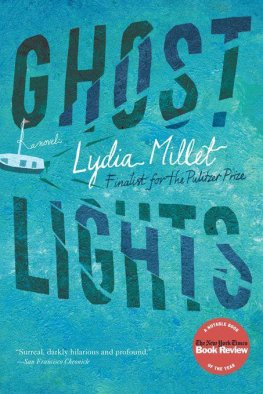
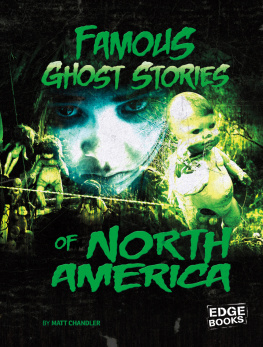

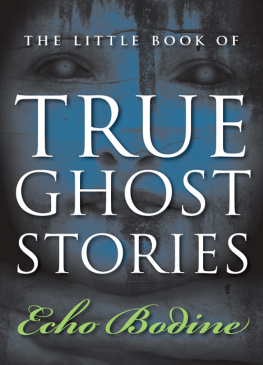
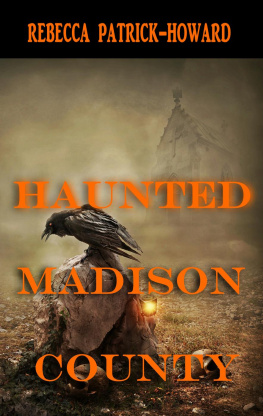
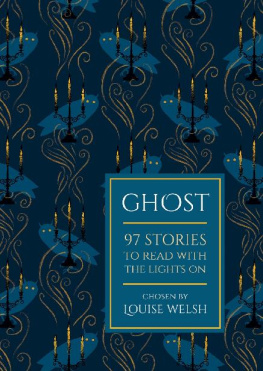
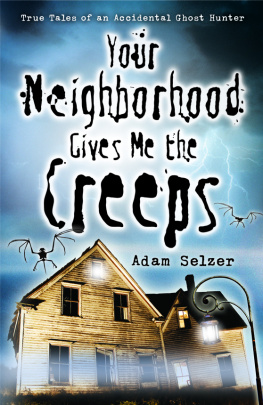
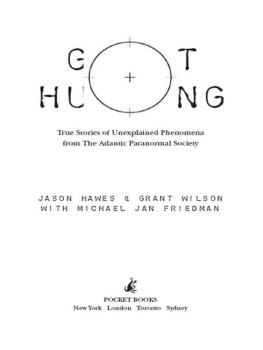





 To locate the features as precisely as possible. Ideally, this will encourage readers to visits sites and encourage further observations and research;
To locate the features as precisely as possible. Ideally, this will encourage readers to visits sites and encourage further observations and research;